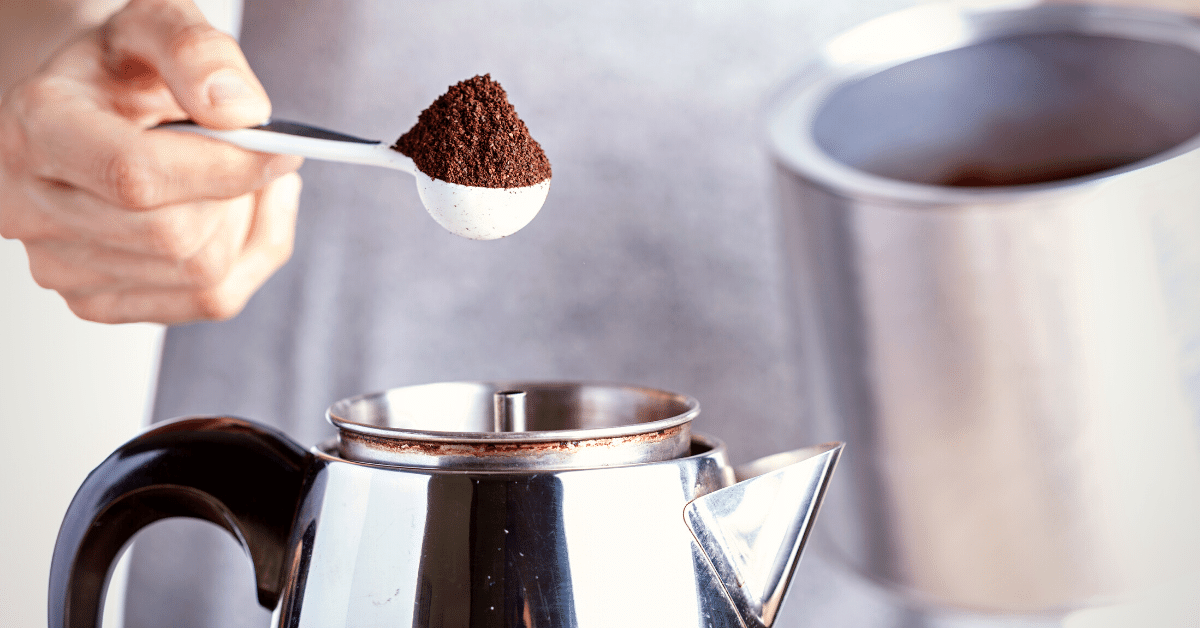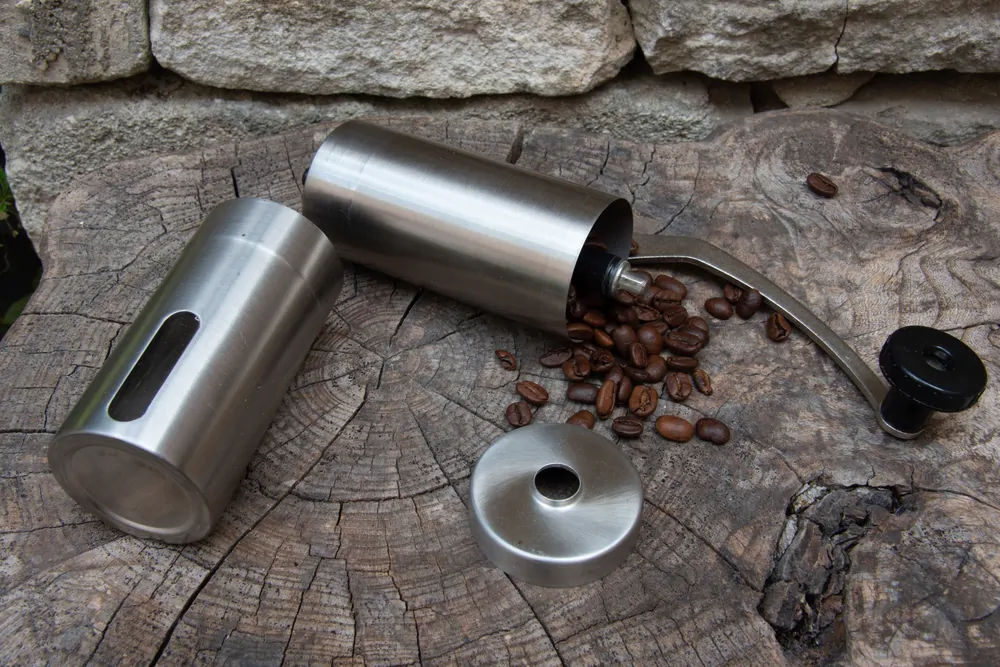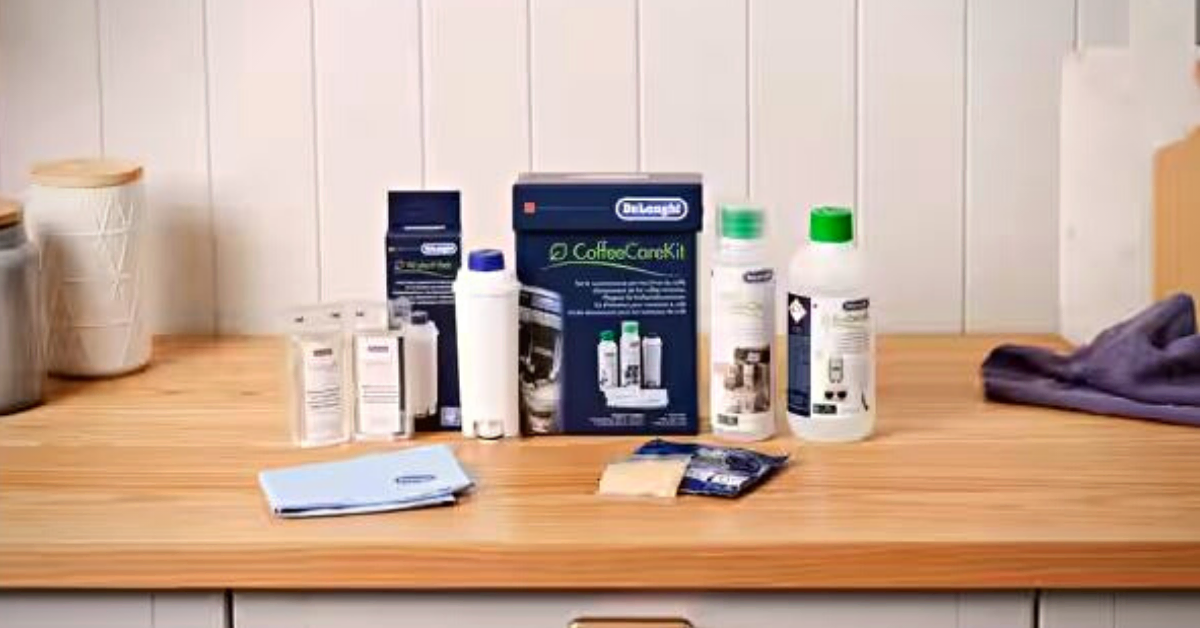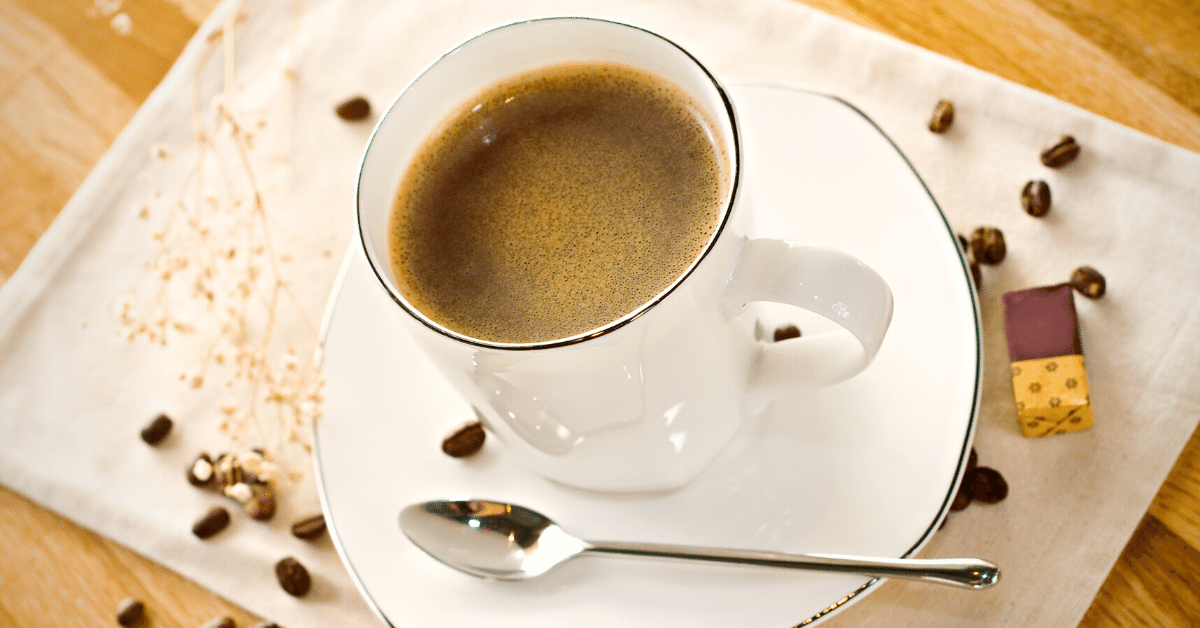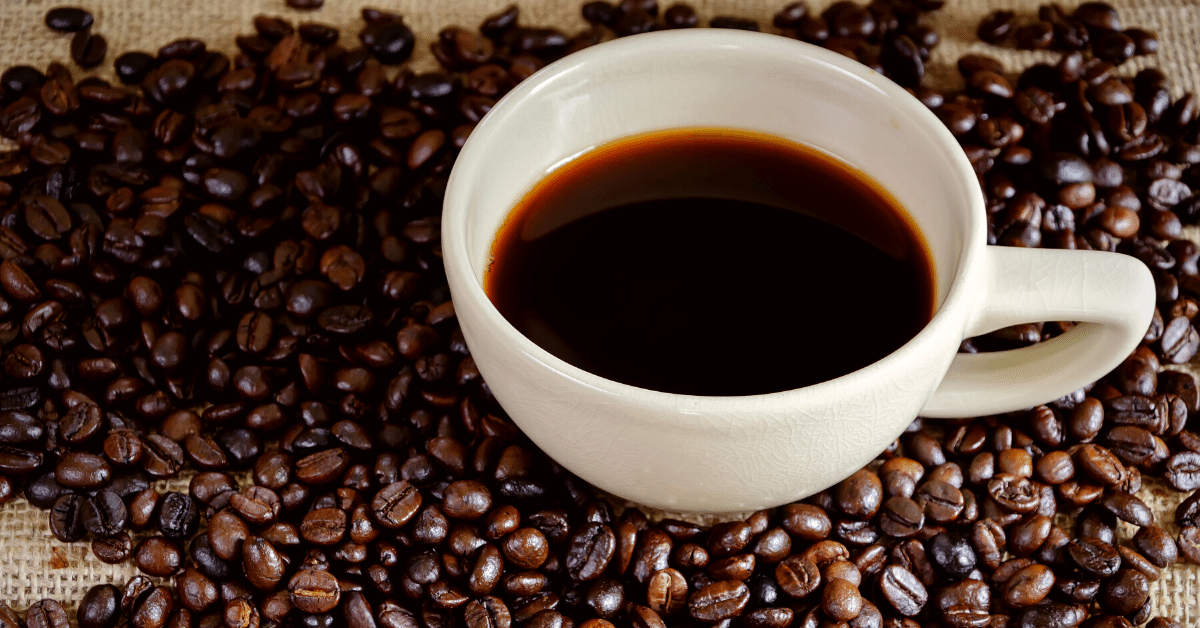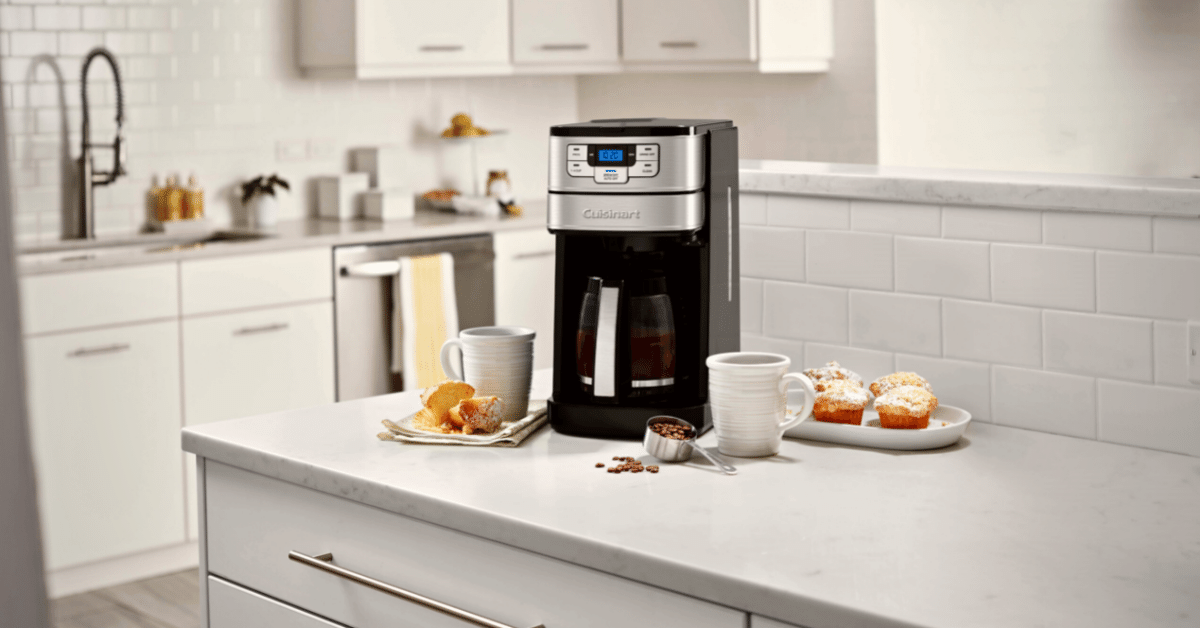Enjoy making coffee the old-school way?
Then you definitely need a brewer like a Moka pot or a percolator in your arsenal.
But which one is better?
There’s no clear answer to the question, as there are many factors that can make the difference.
Let’s get into the nitty-gritty. Here’s an in-depth Moka pot vs percolator rundown.
What is Moka Pot?
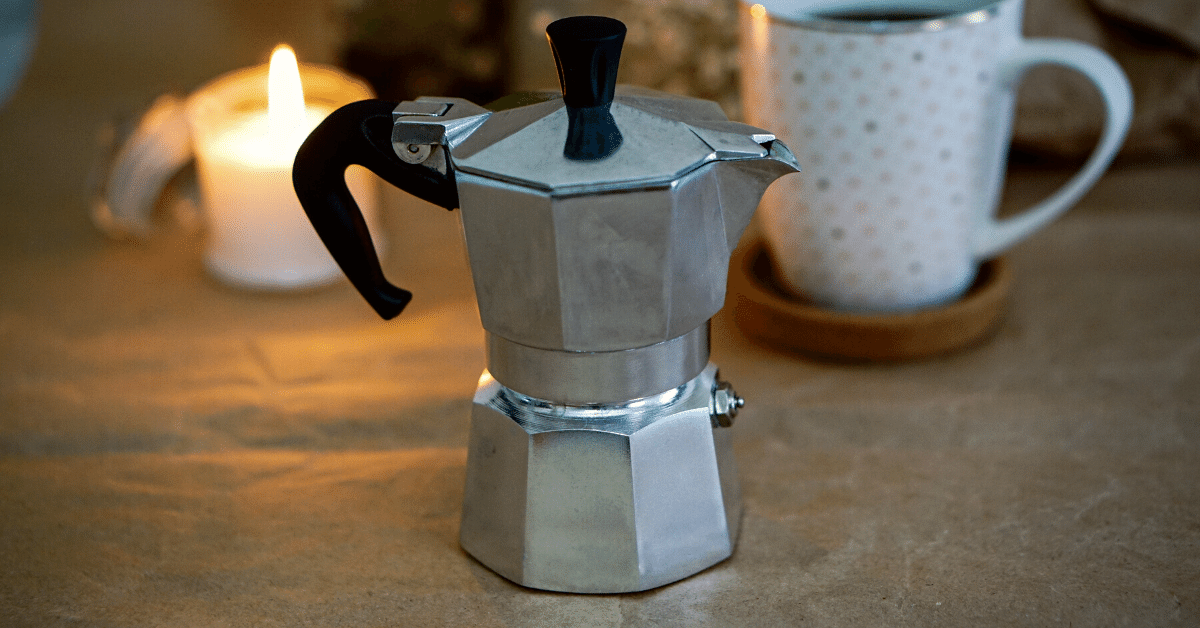
Also known as the “stovetop espresso maker,” a Moka pot is one of the oldest coffee brewers out there.
It was invented in 1933 by Italian engineer Alfonso Bialetti, who was inspired by the mechanics that washing machines used back in the day. Today, you can find original designs in some of the largest museums worldwide, such as the Museum of Modern Art in New York City.
Technically speaking, a Moka pot is a percolator. By percolator, we consider every brewer that passes water through the coffee – contrary to infusion methods, such as the French press.
But what sets Moka pot apart from other percolation brewers is that it uses pressure to brew coffee. Yes, just like an espresso machine – although not the same amount of pressure. The result isn’t exactly like a real espresso, but it comes pretty close.
With maybe a few tweaks here and there, the Moka pot has remained pretty much the same all of these years. That speaks volumes of its ingenious design and physics behind it.
So how does it work exactly?
Pretty simple, actually. The Moka pot consists of 3 parts:
- The bottom chamber that contains water
- Basket with ground coffee
- Collecting chamber
Basically, you add coffee and water into their designated parts and assemble the Moka pot. Then, you place it on the stove and wait for it to brew coffee.
As the water starts heating up from the heat source, the pressure will start building up inside the bottom chamber. Once it reaches enough bar pressure (which is 1-2 in the case of the Moka pot), the water will get forced into the top chamber.
On the way up there, water passes through coffee grounds in the filter basket, causing them to extract into a flavorful and strong coffee. Once coffee stops flowing out of the spout inside the top chamber, that’s your cue it’s done.
What About a Percolator?
Remember that musical coffee maker vintage commercial for Maxwell House coffee? Well, maybe you don’t, since it’s from the 50s. But your grandparents surely do!
That retro coffee maker is a percolator. This fact might tell you just how old this brewing method is.
The name percolator is derived from the word “percolation.” This term basically means passing water through coffee grounds to cause extraction. Many brewing methods use percolation to make coffee, such as pour-over and a drip coffee maker.
But there are so many coffee makers using the same brewing method out there. At some point, the term started being used narrowly for stovetop percolators invented by Illinois inventor Hanson Goodrich.
A coffee percolator looks like a tall teapot, but with a smart extraction design inside.
The design of this coffee maker is pretty simple, and it includes:
- The bottom chamber where you add water
- The top chamber
- The tube that connects both chambers
- The perforated basket for coffee ground at the top of the tube
This brewer works kind of like a fountain.
Here’s what I mean:
You place the percolator on the stove top, which slowly heats up the water inside the bottom chamber. As it comes close to the boil, the bubbles will start forming, causing the water to rise.
Remember that tube in the middle?
It will start filling with bubbles, spreading and forcing water through the tube into the upper part of the brewer.
Once it reaches the tip, the tube will start splashing water around over the grounds inside the perforated basket. Then, the extracted coffee will flow back into the bottom chamber and mix with water. And the cycle repeats – until you remove the percolator from the stove.
That means your percolated coffee gets stronger and stronger the more it flows through the grounds back again. Once you hear that characteristic spurting sound, your percolator is ready to be taken off the heat.
You don’t want to leave it on the stove for too long. Once the water starts boiling, it’s already too hot for proper extraction. If you let it brew for longer, you’ll end up with a bitter cup of joe.
Moka Pot vs Percolator – the Difference Between Brewers
At first glance, these two brewers can appear much alike. But not only do they brew coffee in different ways, but give you quite different results. Let’s see what else they don’t have in common.
Brewing Technique
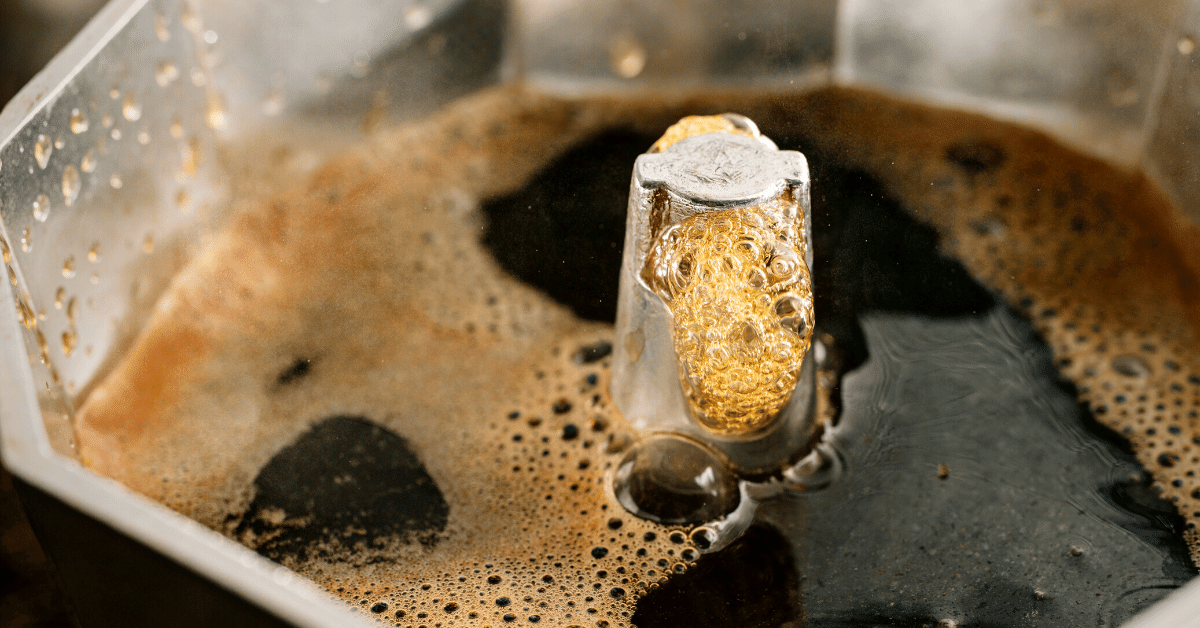
Although both a Moka pot and a percolator pass boiling water through coffee grounds to cause extraction, the brewing process is a bit different.
Both brewers have a bottom chamber where you add water, above which sits the filter basket with coffee grounds.
With a Moka pot, the steam creates pressure to push water through the coffee grounds. Then, the extracted coffee gets through the funnel inside the top chamber, where it’s collected.
But with a percolator, there’s no pressure created. The water simply rises when heated, which allows it to reach the top part of the percolator through the tube.
However, it doesn’t collect at the top, as it does in a Moka pot. Instead, it splashes onto the grounds and pours back down into the water chamber. The process continues until you remove it from heat. The more you let it do the whole cycle, the stronger your brew becomes.
Now, there’s quite a difference in batch size between these two methods.
You can find a percolator ranging in size from 4 cups to 5 gallons. Moka pots, on the other hand, come in 1 to 12-cup sizes.
If your household has more coffee lovers, this is something to keep in mind.
Coffee Flavor and Quality
A Moka pot isn’t called a “stovetop espresso maker” for no reason. It’s not technically espresso, but it’s as close as you can get without an actual espresso coffee machine.
Now, Moka pot coffee won’t have that nice layer of crema espresso is known for. For that, a Moka pot would have to use a much greater pressure to force hot water through the grounds, which we know isn’t the case.
But you will get a rather rich and concentrated coffee, with a complex flavor profile and slight bitterness.
Add a bit of steamed milk to it, and you’ll get a very nice cup of a DIY latte.
Percolator coffee is pretty similar to the one you get with a drip coffee machine.
What’s great about it is that you can easily adjust its strength by allowing it to cycle more or less.
What’s not so great is the fact that you can easily over-extracting it, causing it to taste burnt and bitter.
As far as flavor goes, there’s no better or worse option. It all comes down to what type of coffee you prefer.
But when it comes to quality, you’ll get more consistent results with a Moka pot compared to a percolator.
Build Quality and Design
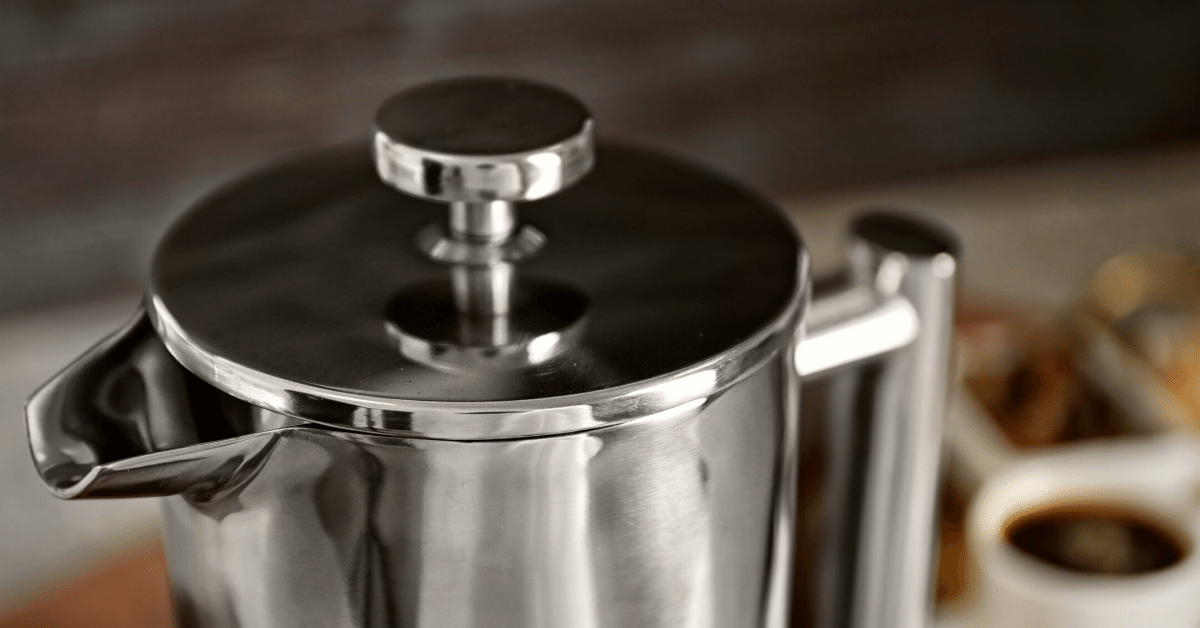
Since both of these brewers have been around before electricity became commonplace, it’s clear that their design is foolproof.
The Moka pot is usually made of either aluminum or stainless steel, both of which are quite durable.
This brewer has 3 parts, which you need to screw together after adding water and coffee grounds.
As for the percolator, both chambers are inside the pot. It’s only the tube with the basket that’s removable.
The quality of the percolator design is at par with the Moka pot. Back in the day, it was also made with either aluminum or steel. But today, you can also find models made of glass as well. Of course, these are much more prone to breaking than the older versions.
Ease of Use
What makes both of these brewers so great is the fact that they’re extremely easy to use. Even a complete newbie at brewing coffee can make a decent cup using these two methods.
Setting up both brewers simply requires putting a few pieces together and adding water and coffee to designated spots. Then, you just let the brewer do the magic, and remove it from the stove when done.
Price
Both coffee brewers are rather cheap and readily available. I guess the main reason for the price lies in the fact that some people find their technology to be too “outdated.”
Well, let me tell you one thing – there’s nothing outdated about a tasteful cup these two brewers can make.
Between the two, Moka pots seem to be more affordable. Generally, coffee percolators are more than twice the cost of a Moka pot. But keep in mind that they can also be much larger, so there’s that.
To Sum Things Up
So there you have it, a showdown of two coffee brewers that appear quite similar at first glance.
Choose a Moka pot if:
- You like stronger coffee, similar to espresso
- Only make a small batch of coffee at a time
- Want a more affordable option
Choose a percolator if:
- You prefer a regular black coffee
- Have a large household of coffee drinkers
- Don’t mind spending more on a brewer
Decided on the Moka pot and want to buy one? Check out our article about the best Moka pots out there.

